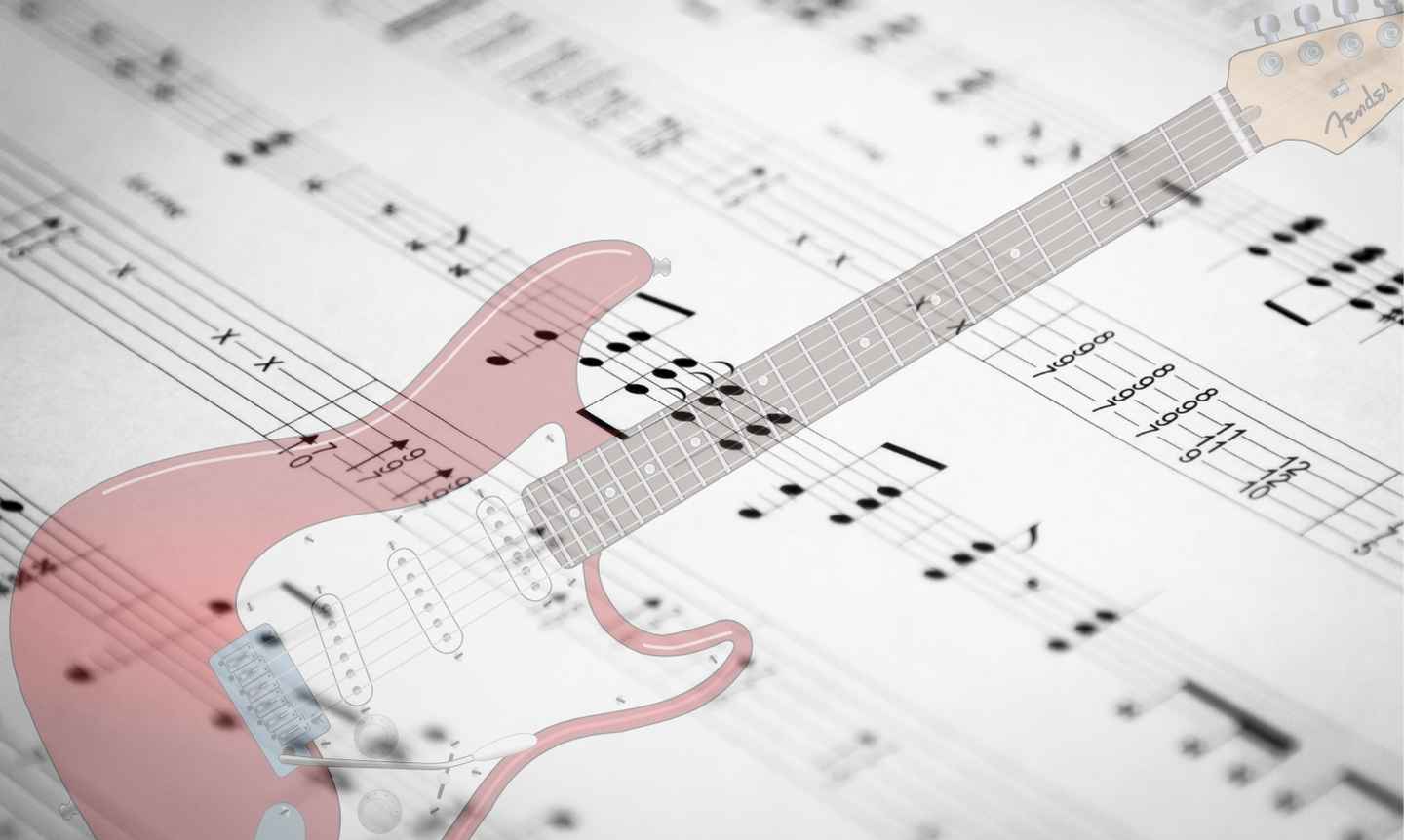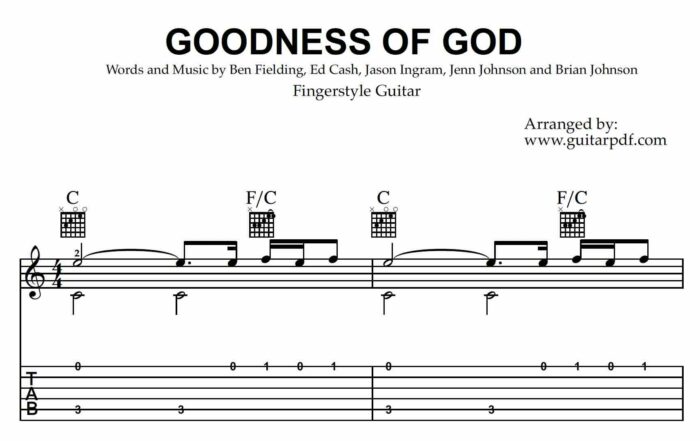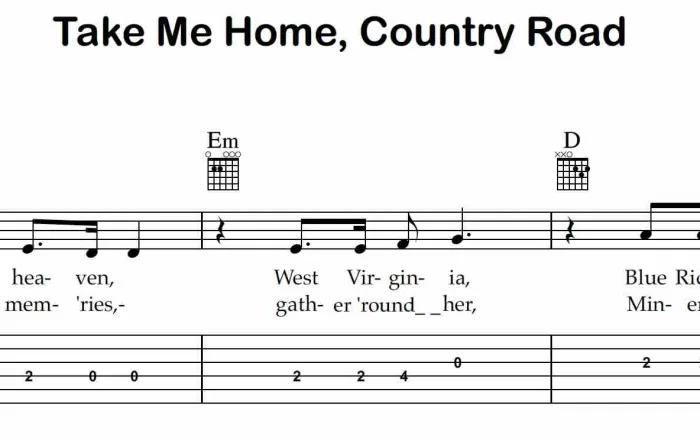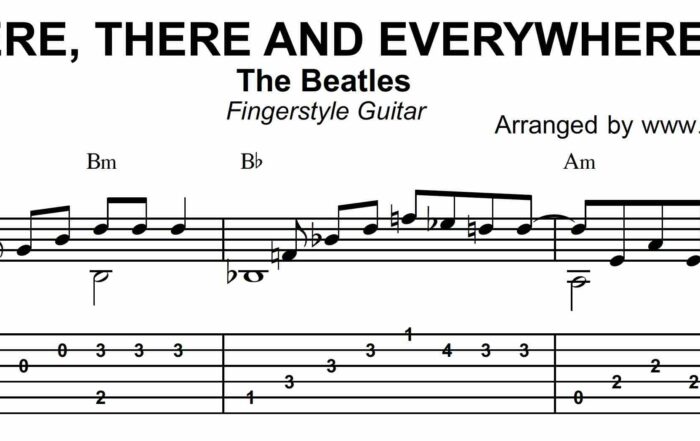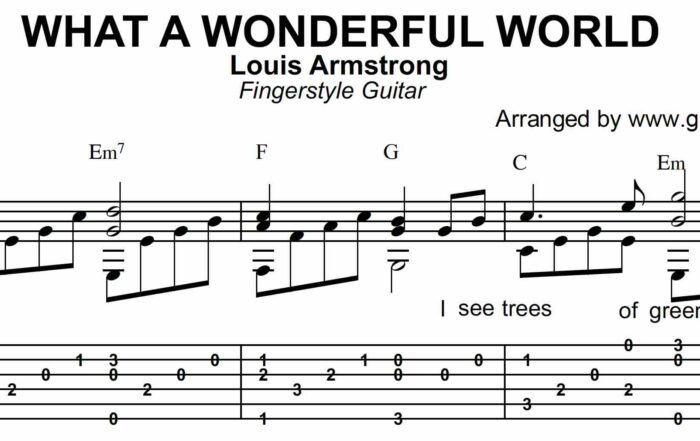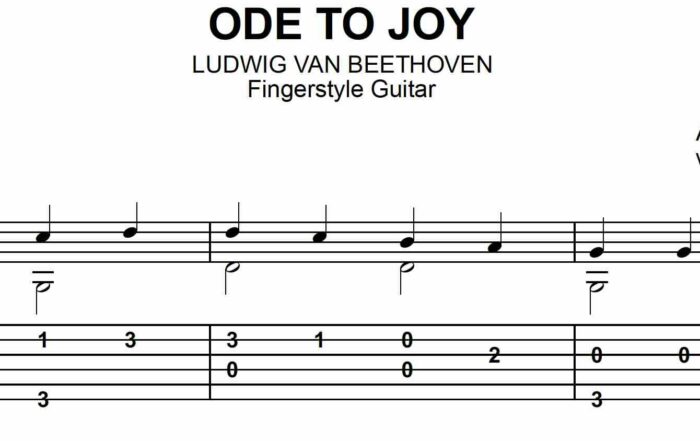Guitar Tabs
“Tabs” or guitar tablature stands as one of the easiest methods available for learning to play the guitar. Guitar tabs provide a straightforward visual representation of where to place fingers on the fretboard instead of traditional sheet music that demands musical notation reading skills. Both novice players and seasoned guitarists find these tools highly beneficial. This guide teaches you about guitar tabs including their functionality and reading process along with their pros and cons while presenting fundamental techniques to enhance your skills.
What Are Guitar Tabs?
Guitarists use guitar tabs as a tool to play various song sections including accompaniment passages along with solos and riffs. The guitar tablature illustrates the six strings of the guitar and shows where fingers should be placed on the fretboard without employing staff lines and musical note symbols. The horizontal lines indicate guitar strings and the numbers identify the frets that should be pressed by the player.
The following is an example of a guitar tab:
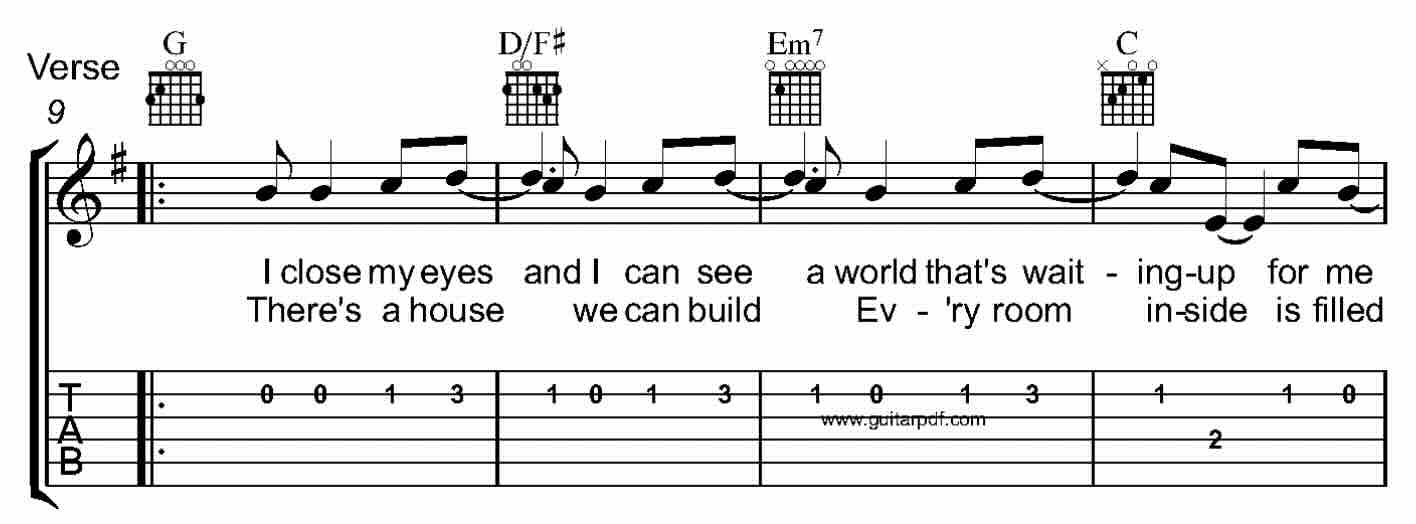
How to Read Guitar Tabs
Reading guitar tabs involves understanding several key elements:
1. Strings and Frets

• The bottom line represents the low E string (thickest string).
• The top line represents the high E string (thinnest string).
• Numbers indicate which fret to press on each string.
• “0” means an open string (played without pressing any frets).
• “1” means pressing the first fret.
•“2” means pressing the second fret.
•“3” means pressing the third fret and so on
• So if you see “12”, that means you will press that string on the 12th fret
• If you see 2 or more number on top of each other, you have to press and play it at the same time:

2. Chords in Tabs
• When multiple numbers appear vertically, they indicate a chord.
• For example, the chords G, Em, C and D will look like this:

3. Single Note Melodies
If numbers appear sequentially across different strings, it represents a melody or lead guitar part. See the following example:

On this example, you have to press and play each number accordingly. Remember to play the “0” as the open string, or playing the string without pressing any fret.
4. Common Symbols in Tabs
As you play the guitar and use the guitar tabs as your musical notation, you will encounter symbols to guide you how play the song properly. You will encounter the common symbols such as the hammer-on, pull-offs, bend and slide. See the following example:
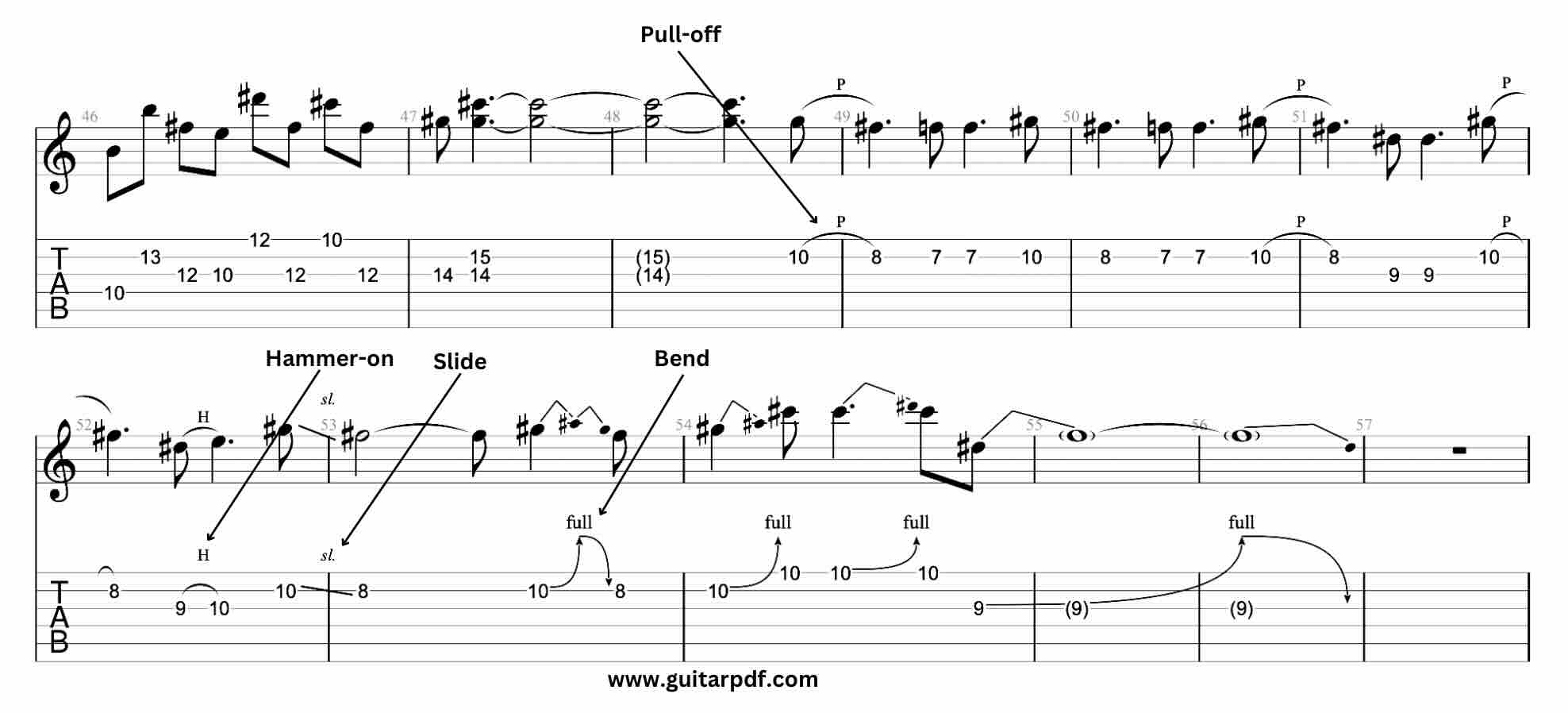
Hammer-on (H) – is like playing 2 notes by just striking 1 note. Referring to the above example, you will play the 3rd string on the 9th Fret by pressing using your left index finger and “hammering” the 10th fret by your left middle finger.
Pull-off (P) – this is the reverse of hammer-on, from the example 10 P 8, you will press and play the 10th fret first by your left middle finger, and “pulling off” by 8th fret using your left index finger.
Slide (/) – this is playing 2 consecutive notes by using 1 left hand finger and striking the string just once. From the example 10 slide 8, this means that you will press and strike first on the 10th fret using any of your left finger, then “sliding” back to the 8th fret. This can also be done on a forward manner like in 8 fret slide to 10th fret.
Bend (b, arrow) – bend is a technique to get higher pitch on the same fret. It can be achieved by pressing and playing the string on a certain fret and “bending” upward or downward using your left hand finger. Referring to the example, the bend is happening on the 10th fret of the 2nd string, so you will press and play on the 10th fret and bend the string upward by your left finger.
_______________________________________________________________
Your knowledge of guitar tabs allows you to start gathering tabs for the songs you love to play. Guitar tabs provide essential support to guitarists of various expertise levels because their straightforward structure enables musicians to learn songs rapidly without needing to understand traditional music notation.
The combination of guitar tabs with solid listening abilities and consistent practice methods enables musicians to achieve substantial improvements. Both beginners learning basic chords and advanced players mastering complex solos will benefit from learning to read and use guitar tabs to improve their music learning and playing efficiency.
We recommend consistent practice alongside exploration of new music to achieve the best results in your guitar-playing journey. Guitar tabs serve as useful tools for novices but students should definitely learn traditional music notation to excel as guitarists. Mastering traditional music notation for the guitar will enhance your abilities and make you a comprehensive musician through standard sheet music interpretation. However, this is not absolutely necessary. A solid understanding of guitar tabs provides sufficient knowledge to succeed and excel in guitar playing.

